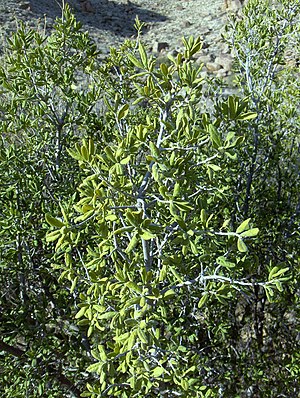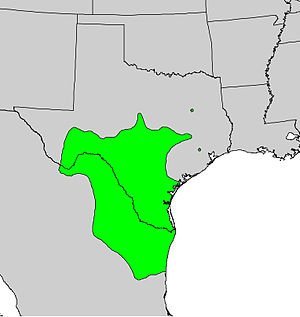Difference between revisions of "Diospyros texana"
Jump to navigation
Jump to search
m (1 revision: tree sapotes) |
(cut down) |
||
| Line 9: | Line 9: | ||
|range_map_caption = Natural range | |range_map_caption = Natural range | ||
}} | }} | ||
| − | |||
| − | |||
| − | |||
| − | |||
| − | |||
| − | |||
| − | |||
| − | |||
| − | |||
| − | |||
| − | |||
| − | |||
| − | |||
| − | |||
| − | |||
| − | |||
| − | |||
| − | |||
| − | |||
| − | |||
| − | |||
| − | |||
| − | |||
| − | |||
==References== | ==References== | ||
| − | |||
| − | |||
{{Reflist}} | {{Reflist}} | ||
| − | + | {{Ack-Wikipedia}} | |
| − | |||
| − | |||
| − | |||
| − | [[Category: | + | [[Category:Ebenaceae]] |
| − | + | [[Category:Plants for Keenan to eat]] | |
| − | |||
| − | |||
| − | |||
| − | |||
| − | |||
| − | [[Category:Plants | ||
Revision as of 11:50, 16 November 2018
| Diospyros texana | |
|---|---|

| |
| Scientific classification | |
| Kingdom: | Plantae |
| Clade: | Angiosperms |
| Clade: | Eudicots |
| Clade: | Asterids |
| Order: | Ericales |
| Family: | Ebenaceae |
| Genus: | Diospyros |
| Species: | D. texana
|
| Binomial name | |
| Diospyros texana | |

| |
| Natural range | |
References
- ↑ [{{#property:P1421|}} "{{#Property:P225}}"] Check
|url=value (help). Germplasm Resources Information Network (GRIN). Agricultural Research Service (ARS), United States Department of Agriculture (USDA). Retrieved 2009-11-21.
Acknowledgements
This article uses material from the Wikipedia article Diospyros texana, which is released under the Creative Commons Attribution-Share-Alike License 3.0.